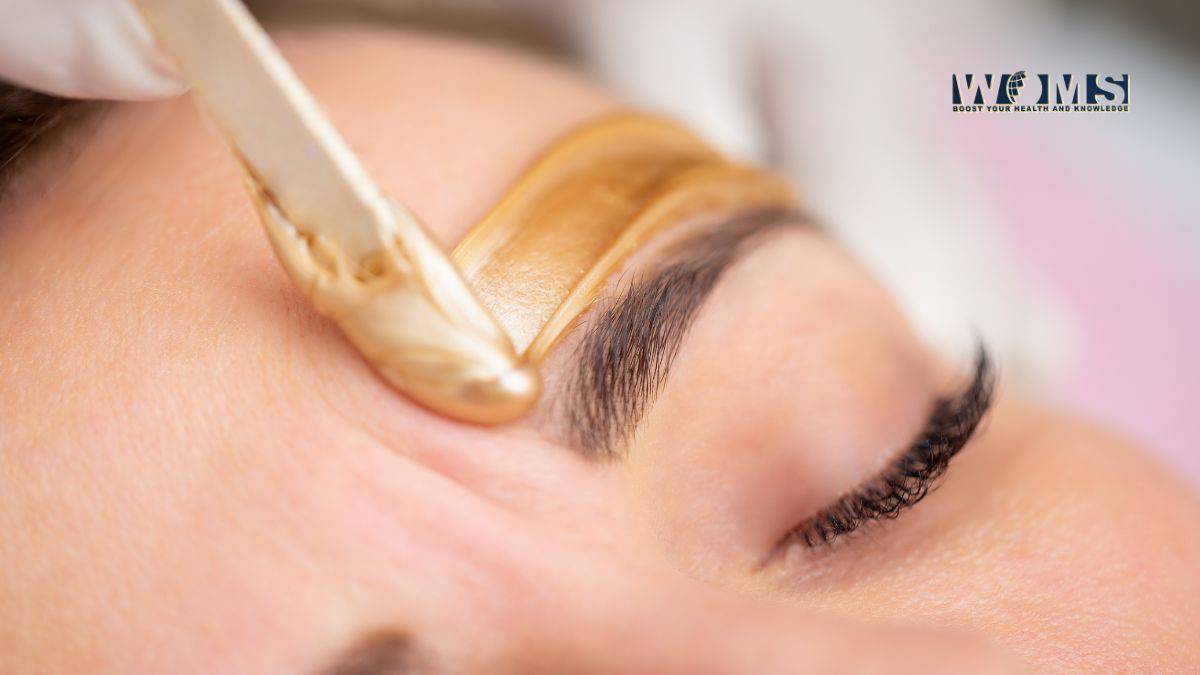How Long Does Waxing Last? Tips For Best Results!

Waxing is one of the most popular hair removal methods, as it can keep skin smooth for weeks at a time. But how long does waxing really last, especially on delicate areas like the face? Read on to learn all about waxing duration, longevity, and tips to make waxed skin stay silky and stubble-free for as long as possible.
What Is Waxing?
Waxing refers to hair removal using wax, a thick sticky substance that adheres to hairs and pulls them out from the follicle when removed. Facial waxing can treat upper lips, eyebrows, peach fuzz, and more. The wax can be applied to virtually any area of the body to remove unwanted hair. Arms, legs, armpits, upper lip, chin, and bikini area are all commonly waxed. The wax adheres to surface hairs when applied warm, hardens when cooled, and then is removed to extract hairs swiftly from below skin level, leaving behind smooth results.
How Long Does Waxing Last On the Face?
When done properly, waxing can keep facial skin free of hair growth for approximately 3 to 6 weeks on average. The face tends to need more frequent waxing than other areas since hair may regenerate more rapidly. With repeated waxing appointments every 4 weeks, you can maintain consistent smoothness on the face in between. Getting waxed regularly also often improves hair regrowth over time.
How long does waxing last on the face? The first wax only removes hairs that are currently in the active growth phase above the skin. Remaining dormant hairs will later become active and grow on their own schedule. Exfoliating often prevents ingrown hairs as new hairs surface. Let all hairs grow in adequately before your next wax for best results.
Getting The Longest Lasting Results From Facial Waxing
If you want your smooth waxed face to last as long as possible between appointments, here are tips to optimize and extend results:
Exfoliate Gently
Use a soft wet washcloth, konjac sponge, or gentle scrub 2 times a week to prevent ingrown hairs & allow new hairs to surface normally. Over-exfoliating can cause irritation.
Allow Proper Regrowth
Wait 4 full weeks after waxing to schedule your next facial appointment. Let hairs grow in adequately for the wax to grip again.
Keep Skin Moisturized
Nourish freshly waxed skin daily with rich creams and oils to prevent dryness, irritation, and other issues that may cause poor hair regrowth.
How To Make Facial Waxing More Comfortable
While waxing effectively removes facial hair for decent lengths of time, the process can sometimes be painful as hairs are extracted swiftly from delicate skin. Here are pro tips to help make facial waxing more comfortable:
Take An Anti-Inflammatory
Pop an ibuprofen tablet one hour before waxing to prevent swelling and sensitivity.
Use Numbing Creams
Look for lidocaine products approved for faces prior to painful procedures. Apply 30 minutes before the appointment.
Time With Menstrual Cycle
Schedule right after your period, when pain tolerance is higher due to shifting hormone levels.
Keep The Face Warm
Body heat opens pores for easier hair removal. Use a hot towel compress right before application.
Breathe Deeply & Relax
Tensing facial muscles causes more pain. Listening to calming music, controlled breathing, and clearing your mind minimize discomfort.
How often should you get your face waxed? Generally every 4 weeks for best smoothness. The hair regrowth timeline depends on hormones, genetics, and age. With regular waxing, proper exfoliation between appointments, and careful skincare for freshly waxed skin, you can keep facial hair at bay for decent lengths of time. Test different professional waxes to see which provides the longest-lasting facial hair removal for your texture and tolerance.




